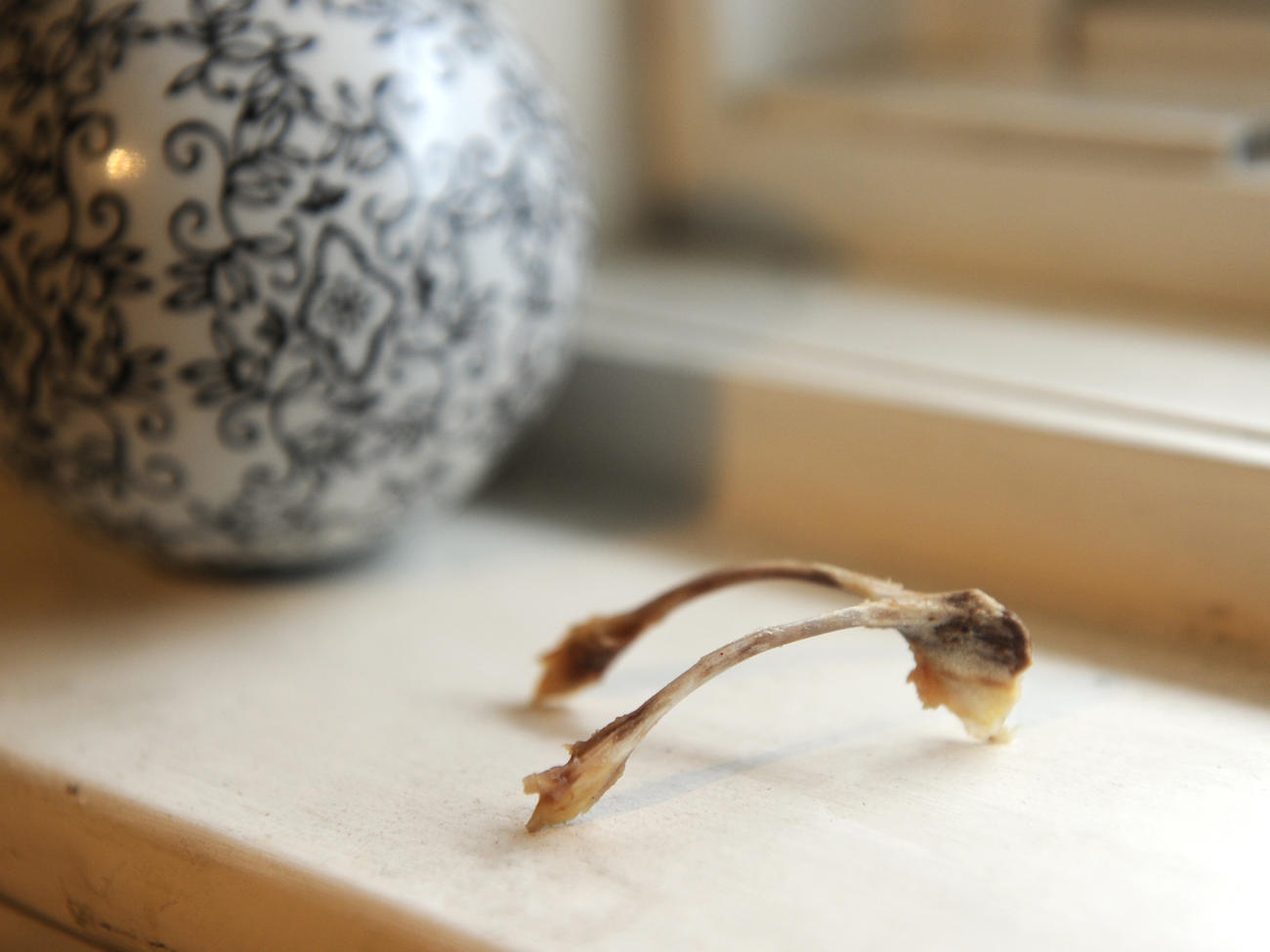
Why We Break the Wishbone on Thanksgiving
Discover the real meaning behind this Turkey Day custom.

Ever wonder where the wishbone tradition came from? Well here’s a little trivia for your Thanksgiving table: It all started with the ancient Romans, who pulled apart chicken clavicles—formally know as the bird’s furcula—in hopes of achieving good fortune. It was believed that the birds were oracles that could predict the future and preserving this bone would allow people access to the chicken’s mystical powers even after eating it. According to legend, the custom evolved into breaking the bone into two because of good old fashioned supply and demand; there simply weren’t enough wishbones to go around. The solution? Groups of two began to wish on the same bone and then snap the clavicle in half. The person who got the bigger half was deemed the winner and granted their wish. The practice made it to England in the 16th century, where it was referred to as “merrythought.”
In the New World, Pilgrims played tug-of-war with the bones of the more plentiful wild turkey, explains Kathleen Wall, a Colonial culinarian at the Plimoth Plantation museum, in Plymouth, Massachusetts. The term “wishbone” didn’t emerge until the mid-1800s, around the time President Lincoln declared Thanksgiving a national holiday. What hasn’t changed is the rules: Each person grabs an end and gives a yank. If you get the bigger piece, your wish will be granted. How’s that for lucky?
If you don’t want the contest to turn into a wrestling match, and everyone can stand to wait, try drying the bone in the oven to make it slightly less rubbery and easier to snap. If everyone who wants to play is sticking around, you can also air-dry the bone for a few days. Don’t let it get too dry, though, or it will get dangerously brittle and splinters will fly.
